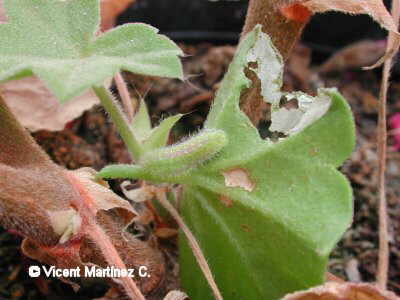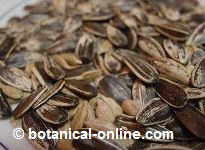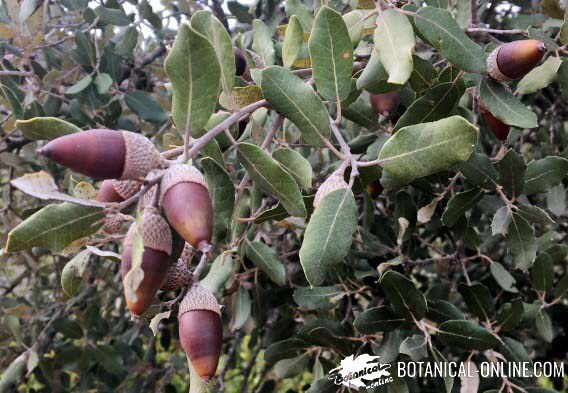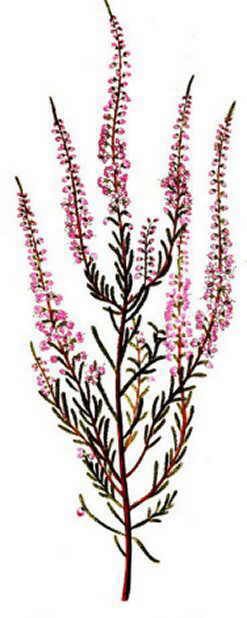Main geranium pests and diseases
 Geraniums. Plagues and diseases
Geraniums. Plagues and diseases
Among all the illnesses that can affect these plants we have the following main ones:
- Botrytis or mildew, caused by the fungus Botrytis cinerea that penetrates in the plant tissues through the wounds and reproduces itself in humid atmospheres, causing dark gray stains, for that reason it is convenient to place geraniums in a well-ventilated place. The solution consists in cutting the affected parts and treating them with fungicide. Of course it is very important to avoid splashing the plants with water and provide them with the suitable fungicide.
 Rust, caused by Puccinia pelargonii-zonalis that produces stains or bags of yellowish brown color in the inferior part of the leaves, causing their later death. It is produces in plants subjected to high temperatures and humidity. The solution, apart from decreasing the last two factors, is to remove affected leaves and apply the suitable fungicide.
Rust, caused by Puccinia pelargonii-zonalis that produces stains or bags of yellowish brown color in the inferior part of the leaves, causing their later death. It is produces in plants subjected to high temperatures and humidity. The solution, apart from decreasing the last two factors, is to remove affected leaves and apply the suitable fungicide.- Bacterial Blight, taken place by the action of Xanthomonas campestris pv. pelargonii that produces stains in the leaves and dark necrosis in the stems. It results from a too much humid and hot atmosphere, and also as a consequence of wetting the leaves. It can sometimes be treated with fungicides, although the best thing is to remove the attacked leaves and burn them to avoid the infection. The stains taken place by the fungus Alternaria tenuis are similar to the bacterial spots and must be treated in the same way.
Sometimes geraniums begin to rot in the stem, just in the area that it is in contact with the soil and the illness advances to the whole stem until reaching the leaves. This illness, called black leg, is caused by the fungus Pythium or Fusarium and it requires, when all the fungicides have missed their aim, to get rid of the plants
- Geranium Bronze is caused by Cacyreus Marshalli,a small butterfly, brown colored with spots at the base of the wings. It has its origin in South Africa and was introduced in the south of Europe via the island of Majorca in 1987. Most interesting about this butterfly is its caterpillar, little longer than 1 mm. which at the beginning eats the floral buds but it finishes producing galleries inside the stems stuffed with its excrement. By doing this it destroys the plant or it favors the appearance of the fungi or bacteria previously seen. The solution consists on discarding the infected plants, burning them later, when the phytochemical products on the market are not able to eradicate the pest. (More information about this plague)
Apart from these illnesses, caused by fungi or bacteria, the geraniums are attacked by many invertebrates, such as slugs, aphids, caterpillars, etc.
![]() More information about plant cultivation.
More information about plant cultivation.

 Rust, caused by Puccinia pelargonii-zonalis that produces stains or bags of yellowish brown color in the inferior part of the leaves, causing their later death. It is produces in plants subjected to high temperatures and humidity. The solution, apart from decreasing the last two factors, is to remove affected leaves and apply the suitable fungicide.
Rust, caused by Puccinia pelargonii-zonalis that produces stains or bags of yellowish brown color in the inferior part of the leaves, causing their later death. It is produces in plants subjected to high temperatures and humidity. The solution, apart from decreasing the last two factors, is to remove affected leaves and apply the suitable fungicide.






